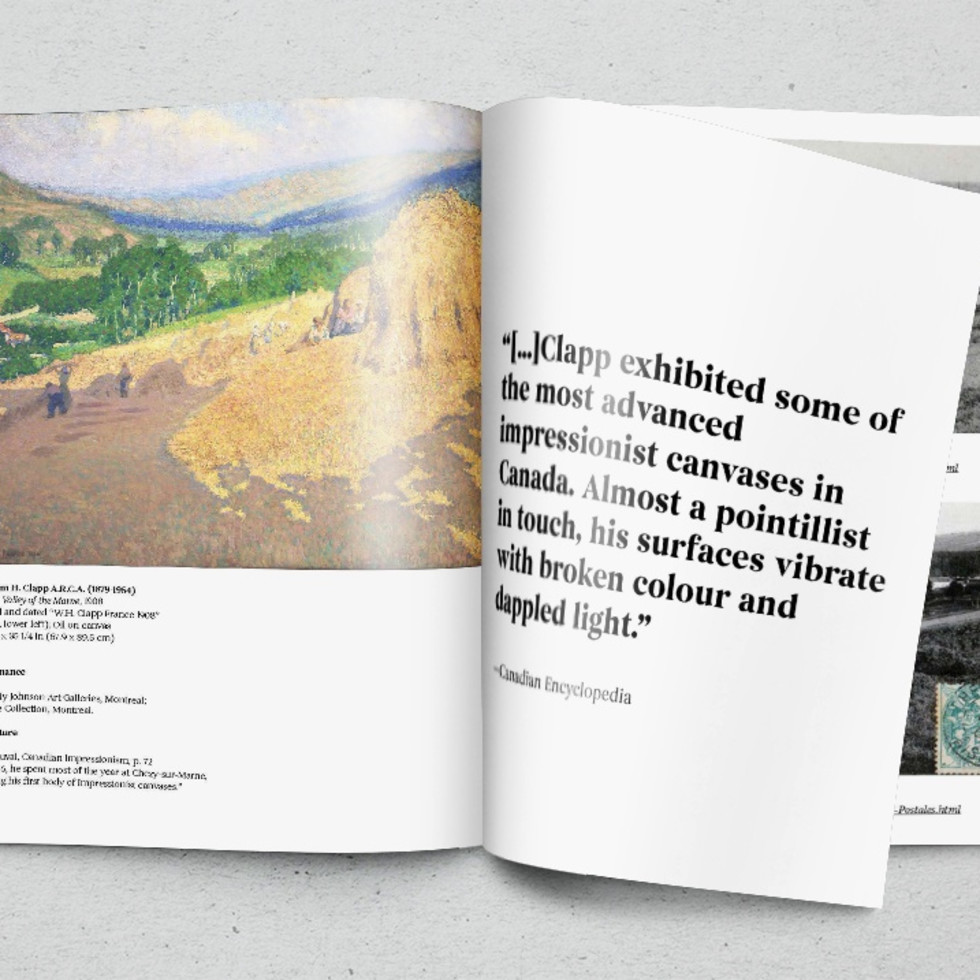Helen McNicoll
 "[...] one of Canada's foremost impressionist painters."
Natalie Luckyj
"[...] one of Canada's foremost impressionist painters."
Natalie Luckyj
The National Gallery of Canada writes of Helen McNicoll:
“McNicoll grew up in Montreal in a family that encouraged her artistic aspirations, and their wealth enabled her to study art in Montreal and later in England, France and Italy. Her deafness, contracted after suffering scarlet fever when she was two years old, did not hold her back.
McNicoll first studied with the accomplished artist William Brymner (1855-1925) at the Art Association of Montreal. He stressed working directly from nature, and McNicoll's work confirms that she followed his example. Her landscapes and seascapes, genre scenes and figure works reveal her interest in capturing the subtle plays of light and shade found in nature. Brymner recognized the skill of his student and encouraged her to go to the Slade School of Art, University of London to complete her studies, which she did in 1902.
Living and studying in England, McNicoll was also taught by the British Impressionist Algernon Talmage (1871-1939) at St. Ives, an artist's colony in Cornwall. Amidst the beauty and drama of its coastline, McNicoll developed her talent for capturing the evocative nature of light and its effects on the environment. Stubble Fields (c. 1912) shows the brilliant play of sunlight on a hayfield, while its subject matter, vivid hues and quick, broken brushstrokes recall paintings by the French Impressionists.
McNicoll regularly sent paintings back to Canada to be included in annual exhibitions in Montreal and Toronto. Gaining recognition in both England and Canada, she was elected to the prestigious Royal Society of British Artists in London in 1913. In 1914, she became an associate member of the Royal Canadian Academy and won the Women's Art Society prize. McNicoll consistently received praise for her handling of light and was credited with the ability to capture the subtle ways that sunlight filters through the open air.
After her death, the majority of her works remained in the possession of her family and close friends until the Art Association of Montreal held a memorial exhibition in 1925. In 1926, the Art Gallery of Toronto exhibited her paintings alongside those of prominent Canadian artists such as Tom Thomson, Cornelius Krieghoff and Paul Peel. In 1999 a retrospective exhibition at the Art Gallery of Ontario, curated by Canadian art historian Natalie Luckyj, brought renewed appreciation to the artist's contribution to Canadian art.”






